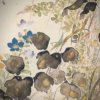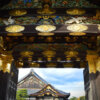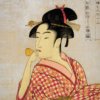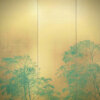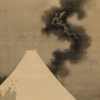Tsukioka Yoshitoshi – The Last Ukiyo-e Master
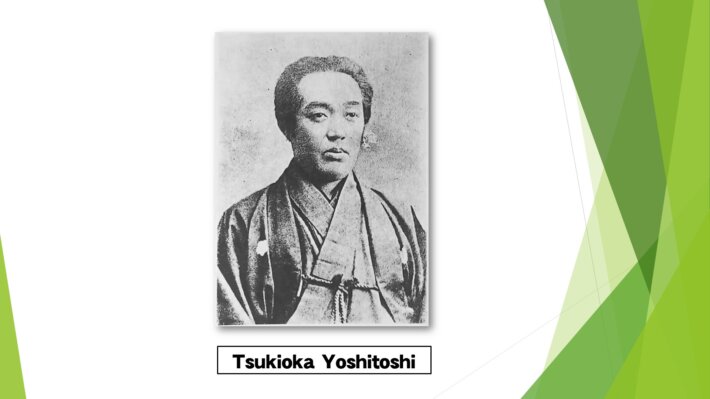
Tsukioka Yoshitoshi (1839-1892) was an ukiyo-e artist who was active from the late Edo period to the Meiji era.
He is also known as the “last ukiyo-e master” because the art form began to decline during his time.
Ukiyo-e was immensely popular during the Edo period, serving as entertainment and a means of communication for the common people.
However, as the Meiji era progressed, its popularity waned.
Several factors contributed to this decline. The opening of Japan to the West in 1853 brought in various Western cultures and technologies, most notably new printing techniques. These mechanized printing technologies were faster, cheaper, and highly accurate, surpassing the traditional hand-carved woodblock prints in terms of efficiency and cost. Consequently, ukiyo-e artists gradually lost their jobs, and the art form itself began to fade away.
Despite this, Tsukioka Yoshitoshi continued to showcase his talent until the end.
His career was diverse, with his early works featuring intense and impactful scenes, such as bloody battlefields. These pieces, marked by his bold ideas and exceptional skills, garnered significant attention in the ukiyo-e market of his time.
However, as he aged, Yoshitoshi’s style evolved.
His later works became more serene and tranquil, capturing beautiful moments as if time had stood still.
The culmination of his later work is the series “One Hundred Aspects of the Moon” (Tsuki Hyakushi). This series consists of 100 ukiyo-e prints inspired by stories and legends related to the moon, showcasing Yoshitoshi’s refined artistic skills and sensitivity.
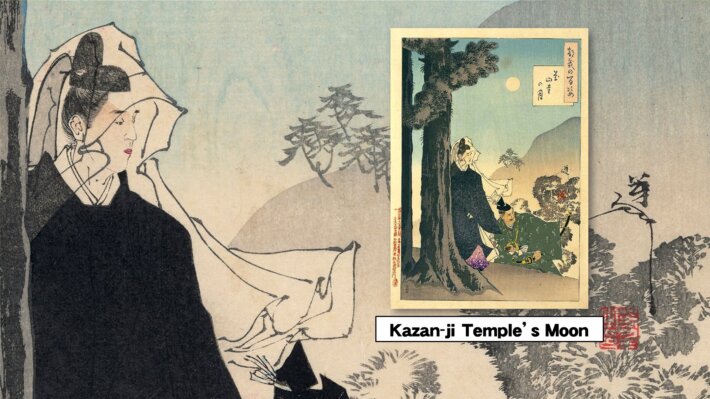
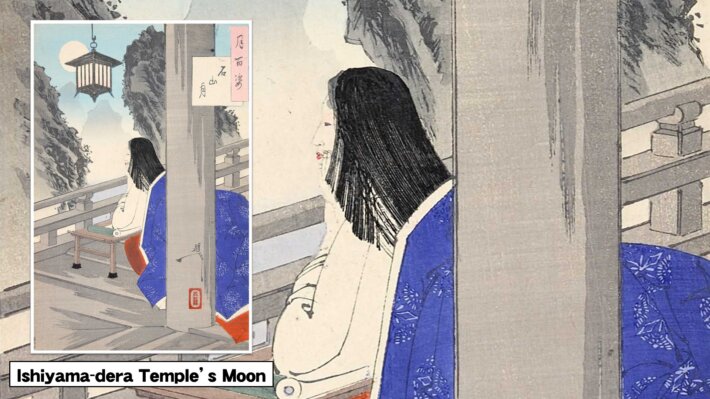
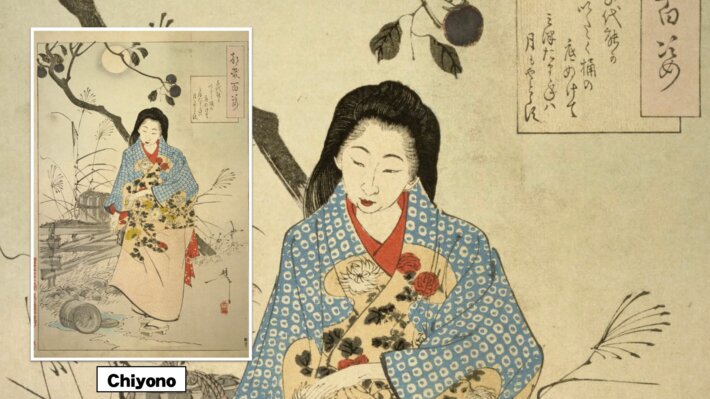
“One Hundred Aspects of the Moon” epitomizes the beauty he pursued throughout his life, embodying his dedication and effort in art.
Tsukioka Yoshitoshi, who devoted his life to preserving the traditional art of ukiyo-e while exploring its beauty in a new era, truly remains the “last ukiyo-e master.” His works continue to be cherished and highly valued for their artistic significance.

